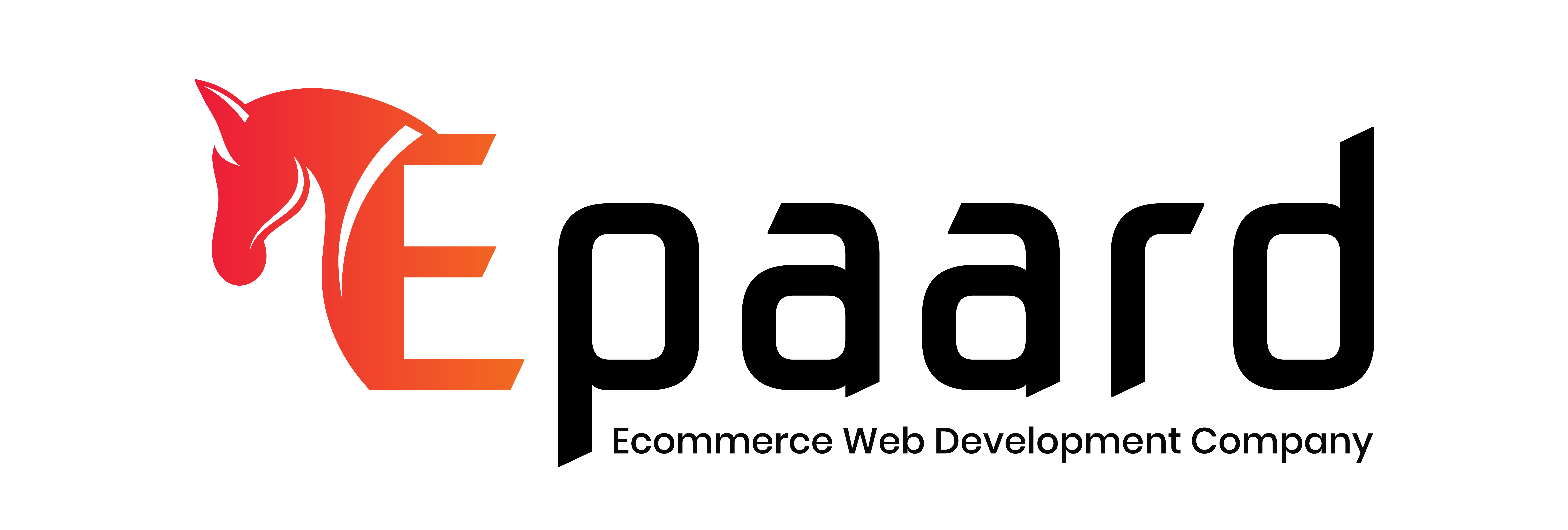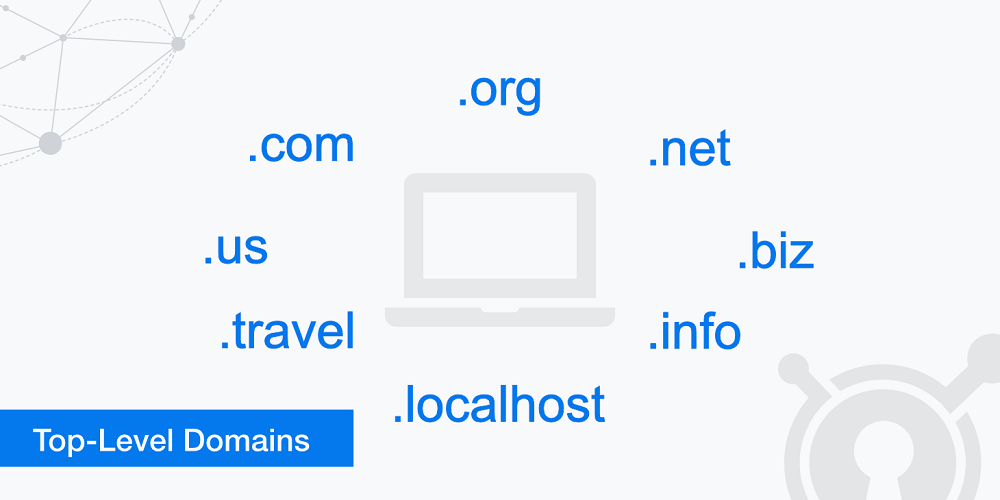Choosing the right top-level domain (TLD) for your website is a critical decision that can significantly impact your online presence. With countless options available, ranging from the ever-popular .com to niche-specific TLDs like .photography or .tech, navigating this digital domain landscape can be overwhelming. However, understanding the importance of selecting the right TLD and considering various factors can help you make an informed decision. In this blog post, we will explore the key considerations and provide valuable insights on how to choose the perfect top-level domain for your website, ensuring it aligns with your brand, audience, and goals. Whether you’re an entrepreneur, blogger, or business owner, this guide will help you navigate the TLD selection process and establish a strong online presence.
It is inspiring to buy a domain name for your business. It leads to the first step you take to establish your business and create a website professionally. But it takes work. There are a lot of things to consider when choosing a top-level domain.
What are the 5 Top-Level Domains?
It is not about the top-level domain name only, but you have to consider numerous top-level domains (TLDs), like,
- .org
- .co
- .net
- .com
- .co.uk
The TLD list continues!
It is an essential part of picking the right domain name. Choosing the perfect TLD is as crucial as selecting the entire domain name.
In this article, you will understand various TLD types, which is best for you and which is not, and how to determine which kind of TLD best fits your e-commerce business.
What is a TLD?
The last part of the domain name is called a top-level domain, or TLD.
The top-level domain example in the domain “http://epaard.com” is “.com”
However, there is a top-level domain list or, in short, a TLD list.
Types of Top-Level Domains
The Internet Assigned Numbers Authority, or IANA, approves three types of TLDs.
- GTLD or Generic Top Level Domains
- STLD or Sponsored Top-Level Domains
- CCTLD or Country Code Top-Level Domains
Now, let’s see these domains in depth.
1. GTLD or Generic Top-Level Domains
The gTLD comprises the most common top-level domains; anyone can easily register any domain extension.
These domains include:
- .org
- .com
- .co
- .xyz
- .net
- .info
- .biz
In 2011, ICANN made the gTLDs available to organizations and businesses. It facilitates the registration of brand names as domain extensions.
Here are some real-life examples:
- .barclays
- .cern
Some companies use extended gTLDs as redirects. If you go to search.bing, it will take you to bing.com. Others, like the.cern domain, only use their comprehensive gTLDs.
Businesses can also register TLDs that aren’t specific to their industry.
2. STLD: Sponsored Top-Level Domains
A company, an organization, or another group is in charge of a sponsored top-level domain, or sTLD.
In this section, there are domain extensions for:
- .travel
- .gov
- .coop
- .edu
- .museum
- .mil
- .post
- .int
- .jobs
3. CCTLD: Country Code Top-Level Domains
A ccTLD is the last kind of top-level domain. Only countries, sovereign states, and territories can use these domain extensions.
These two-letter codes stand for the short name of the country or territory.
As an example:
- .us – USA
- .ru – Russia
- .uk – United Kingdom
- .ca – Canada
- .eu – European Union
But ccTLDs aren’t just for countries. Businesses also use ccTLDs to target customers in various markets.
How to Choose the Right Top-Level Domain?
Think of your domain name as your brand’s representative on search engines.
Some top-level domains (TLDs) can restrict your branding, while others could enhance your search result rankings.
We’ll break down some of the most common TLDs below to help you choose the best top-level domain name for your business.
Which Domain Should I Use?
Only some people can use all top-level domains.
Only purchase some top-level domain names. These are RTLDs or restricted top-level domains.
To get an RTLD, you must meet specific requirements set by the TLD’s registry.
For example, the U.S. government only lets the government and the military use the.gov and.mil domains.
On the other hand, only U.S. postsecondary institutions, some governing boards, and nonprofit organizations, with 75% of their members belonging to eligible educational groups, may use the.edu extension.
You can only get an RTLD with a trademark if you prove you own the brand. For example, you can only buy a .nescafe or .walmart domain name if you own the company.
Geo-location top-level domain names can also be RTLDs. You must have a valid New York City address to buy a.nyc domain name.
How to Buy an RTLD?
Here are the steps you need to take to buy some of the most common RTLDs if you meet the requirements:
.mil:
Go to the Department of Defense’s official website. You must fill out the official form to register on a website, provide extra information like a government point of contact, and choose the right government segment.
.gov:
Go to the official site to sign up for DotGov, check if the domain you like is unrestricted, inspect the conditions, and download the permission letter template.
.edu:
Visit the official educational website of your region and check the details for domain name eligibility. The official website will review the request and allow it if appropriate.
Is .gov a top-level domain?
The “.gov” extension is a top-level domain (TLD). Government organizations are the only ones who can use it for official government websites.
When to Use .com Domain Extension
If you run a business, blog, or other professional website, the a.com TLD is the way to go.
The .com domain stands for commercial and is one of the best TLDs because the audience views this domain as a trustworthy and credible website.
What is the most commonly used top-level domain?
The .com extension is the most commonly used; most people are familiar with this TLD. It suits many businesses so that it can be easily used for any business. Searching for a new TLDextension, like a .com domain, would be best, as it is difficult to catch a .com extension.
Do .com domains rank higher?
No, search engine results do not favor.com domains. Search engines do not rank domain extensions. Quality content, relevancy, user experience, backlinks, and SEO activities affect website rankings.
When to Use .org Domain Extension?
.org extension is specified for “organizations”, usually used by social causes, nonprofit organizations, groups, and clubs.
However, anyone can document a .org—there isn’t any hard and fast rule for its registration. Purchasing another domain extension is most profitable if your site doesn’t accommodate one of those three types.
Users already link the domain with nonprofits and groups, so it could not be evident if you run a SaaS business with a.org. Worse, if you don’t run a nonprofit, people might think you’re trying to trick them by having a .org if you still need one.
If you run a charity and want to use.org, remember that 44 percent of people use remember.com TLDs, while only 32 percent remember.org extensions.
The lower mark for being easy to remember could lead people to the wrong site. But you can avoid this if you buy both the.org and.com versions. It will protect your business because no one else can purchase the.com, and you can set up a redirect to your.org site.
When to Use the.net Extension?
The.net name extension is another business choice, but it only works well for some.
The.net stands for “network,” and the extension is for ISPs like
- services for networks
- Internet companies that use technology
- database providers
If your business has nothing to do with technology, there are better choices than this. Behance.net is an excellent example of an exception to the rule. The website is an online group for designers. It has nothing to do with the Internet or database services.



